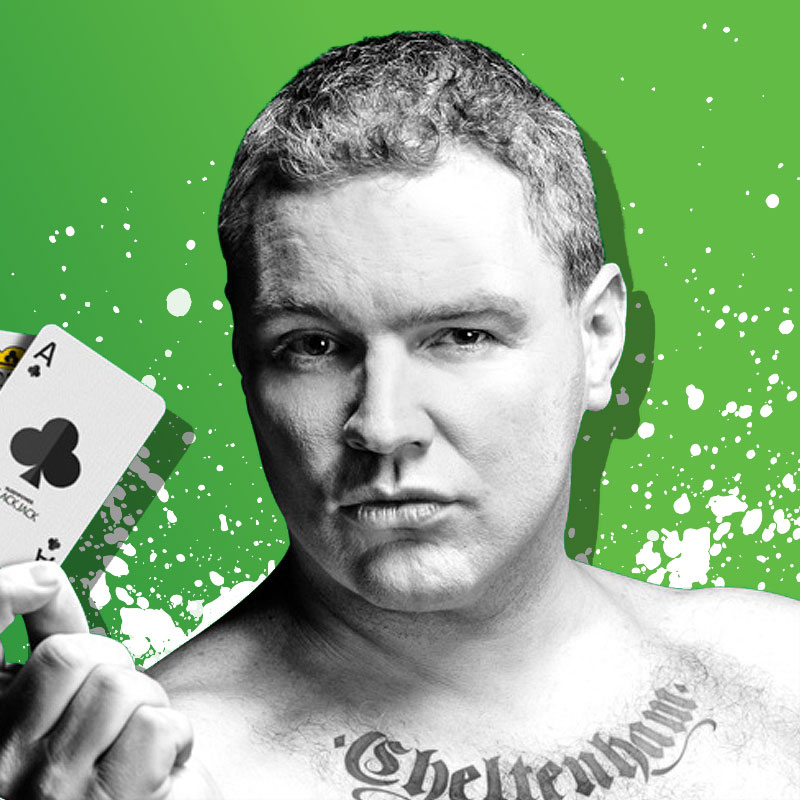
What is ‘form’ in horse racing?
In horse racing, form is a key factor in determining the performance of horses in upcoming races. It is a record of a horse’s recent performances, including information on the finishing position, the distance of the race, and the condition of the track.
- WELCOME TO PP NEWS: NEW TO US? CLICK HERE FOR OUR £/€20 SIGN-UP OFFER
Understanding form and the various symbols used in horse racing is crucial if you’re looking to make informed wagers. By analysing a horse’s recent performances, including whether it has pulled up in recent races, you can gain insights into the horse’s form and potential for success in upcoming races.
How do I read horse racing form?
Reading the form of a horse can be easy if you know what to look for. However, unless you know all the horse racing abbreviations used, it can leave you wondering what is going on.
So, here is a quick guide on how to read horse racing form and some key horse racing abbreviations that may be handy to know.
When looking at horse racing form the most recent races are listed first, and the horse’s performance is denoted by a series of numbers, letters and other symbols.
The numbers indicate the finishing position, with 1 denoting a win, 2 for second place, and so on. The letters also indicate additional information about the race, with letters such as F highlighting if a horse fell and U detailing how a horse may have unseated its jockey. You then have symbols such as a ‘-‘ which can indicate a gap in races caused by something like a break in the horse racing season.
As an example, a horse that has a form of 312F-2 in its last six races indicates that it finished third in the first race, then first in the second race, second in the third race, and fell in the fourth race. There was then a gap in the horse racing season for this horse, which may have come around due to injury, being used for breeding or the season had ended. On the other side of that gap, we can then see that the horse finished second in the sixth race.
What we can take from reviewing this form is that this is a horse that usually places well, competing to win races. We can also assume based on the fact the horse has fallen, that it competes in races where there are jumps and not just in flat races.
If you’ve seen one other key abbreviation we’ve not mentioned yet and are wondering “what does ‘P’ mean in horse racing”? We’ll get to that now.

What does ‘P’ mean in horse racing?
In horse racing abbreviations relating to form, ‘P’ stands for “pulled up”. This means that the horse was unable to finish the race and was pulled up by its jockey before reaching the finish line. This can occur for a variety of reasons:
- Injury or illness: A horse may pull up if it is injured or becomes ill during the race. In some cases, the jockey may notice that the horse is not moving correctly or appears to be in distress and will choose to pull up to avoid causing further harm to the animal.
- Fatigue: Horses are athletes, and, like human athletes, can become fatigued during a race. If a horse is struggling to keep up with the pace of the race or appears to be tiring, the jockey may choose to pull up to avoid overexerting the horse.
- Lack of interest: In some cases, a horse may simply lose interest in the race and refuse to continue. This can happen if the horse is not enjoying the experience or if it becomes distracted by something on or near the track.
- Equipment failure: If a piece of equipment, such as a saddle or bridle, breaks during the race, the jockey may need to pull up to avoid losing control of the horse.
READ MORE
- What is a Flag in Horse Racing? Understanding the Basics
- What is a stewards’ enquiry in horse racing?
- What is a Double Chance in betting?
- How to calculate a Lucky 15
The Paddy Power Guide To Safer Gambling – Everything You Need To Know




